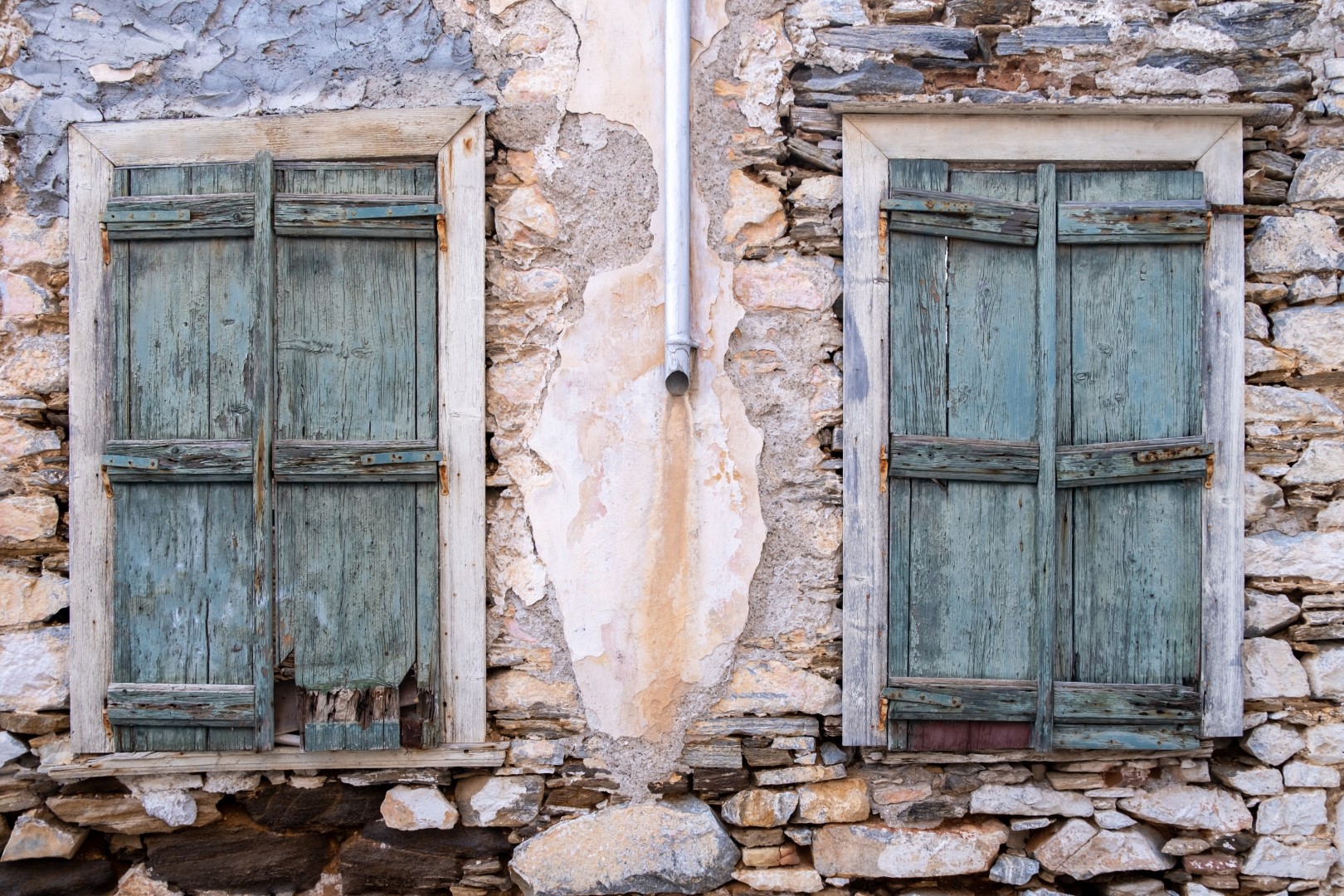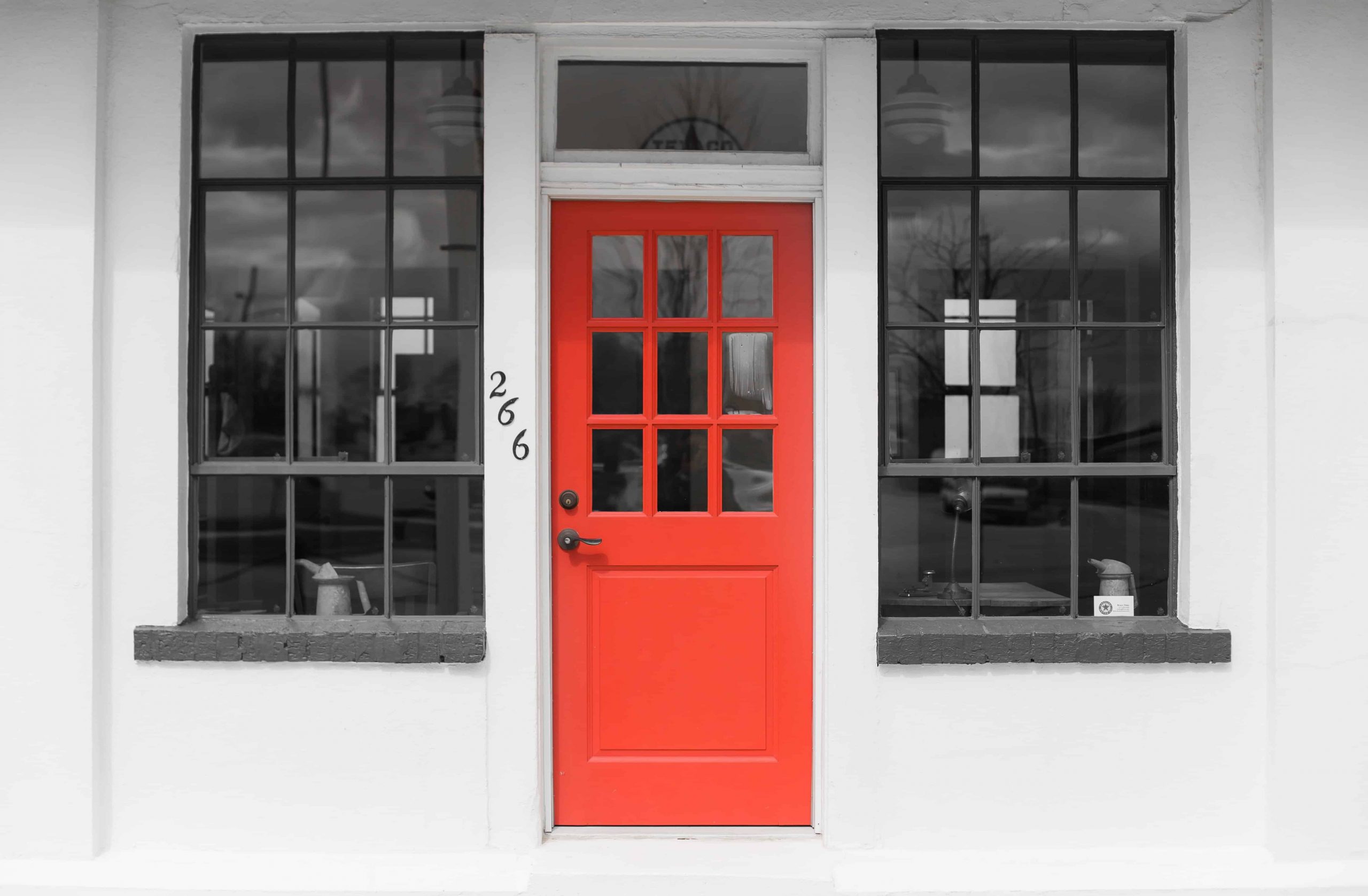When your home experiences water damage, the last thing you should do is try to fix it yourself. Unless you’re a professional in the industry, DIY home repairs are generally a bad idea.
Water damage isn’t like any other type of damage
The first thing to remember is that water damage is in a category all on its own in terms of how it needs to be approached. First things first – wherever the damage is, you need to get the water out as fast as possible. If you have a large pool of water, like from a busted pipe, call a professional plumber to prevent extensive damage. A pool of water will seep through every small crack it can find, and it will continue to do so until it all drains. The smaller the cracks, the slower the seep, but it’s crucial to tackle the issue as fast as possible.
A professional plumber who specializes in flooding and water removal is your best bet. They’ll show up to your location with all the equipment needed to suck out the water. From there, you can get started on repairs.
If you try to use buckets or cups (or even brooms) to eliminate all the water, you’ll only get so far. There’s nothing wrong with working on it while you wait for a pro to show up, but don’t rely on manual methods because when you get to the bottom few centimeters of water, you won’t be able to get rid of it all.
Water damage can cause mold and mildew
Perhaps the worst side effect of water damage is the growth of mold and mildew that happens within as little as twenty-four hours. Molds of all kinds are known to produce allergens and even toxins that can adversely impact your health. Some people are severely allergic to mold, others are highly sensitive, and some people end up with symptoms of illness they don’t realize are caused by mold.
When water soaks through things like your roof, walls, carpets, and even furniture, it creates the perfect environment for mold and mildew to grow and it won’t stop until the environment is dry. The longer your space and belongings stay wet, the more mold will grow.
There are companies that specialize in helping people dry out their belongings and homes after experiencing water damage, and they know all the shortcuts and secrets to making the process efficient. For instance, they’ll have powerful commercial-sized fans you can put under your carpet to dry it out. Using a regular fan or heater will not work.
There is a risk of asbestos exposure
One thing you may not have thought of in advance is the possibility of being exposed to asbestos during your DIY repair job. You’re probably familiar with asbestos coated ceilings and insulation – there are far more sources of exposure. For instance, many linoleum floors are made with asbestos and you can’t tell just by looking. If you have a water-damaged kitchen or bathroom floor and you just go in and rip up the flooring without proper protection, you could be exposed to asbestos.
A professional, licensed repair company will come prepared with protective equipment and will know exactly how to get the job done in the fastest, most efficient manner possible.
You might have structural damage
Water has a way of destroying structures, especially wooden framing and walls. If you have water damage from something like a leaky roof, it’s critical to hire a professional to fix your frame and not just cover up the damage with new shingles. You need the roof repairs, but you also need to make sure your frame is in good shape.
Ignoring the deeper damage and patching your roof on the outside can have devastating consequences. For example, if you’ve had a major leak for years, your sheathing and frame are likely rotting. You can plug a hole in your roof with tar or plywood and roof over the hole, but the damage inside will continue to degrade your home’s frame until it deteriorates into nothing. If it’s bad enough, it might even collapse.
It’s not worth trying to DIY water damage repairs
No matter how handy you are, water damage can be far more extensive than you know. If you choose to do your own repairs and miss anything important, an incomplete job can result in problems further down the road, like structural damage, electrical issues, and even electrical fires. If you have water damage from a flood, broken pipe, or overflowing toilet/sink/tub, contact a repair professional.
Discover more from Futurist Architecture
Subscribe to get the latest posts sent to your email.



